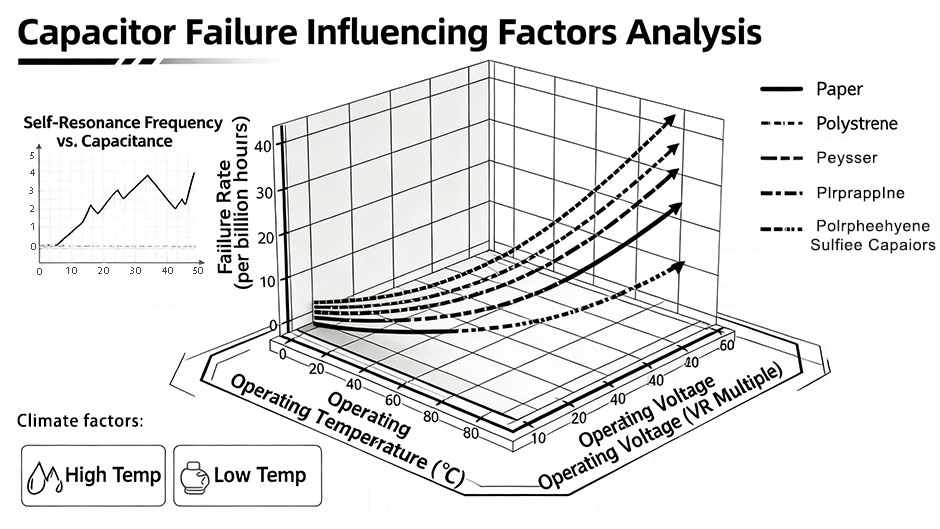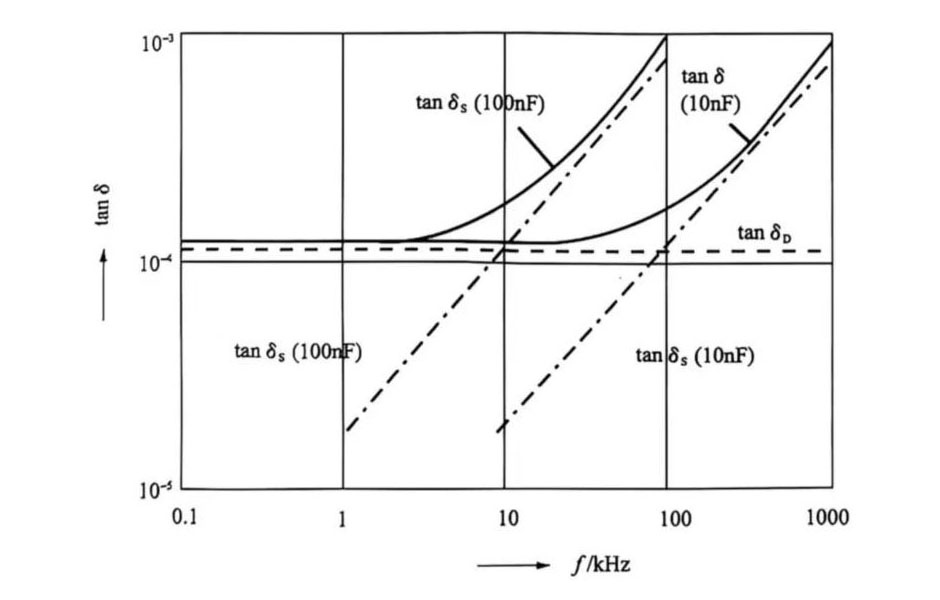Single-phase motors with a slightly higher power are generally equipped with two capacitors, namely start-up capacitor and running capacitors. In 70 years ago, single-phase motors mostly had a capacitor as the starting capacitor. After the motor is started, the capacitor is thrown away by the centrifugal switch, and only the main winding works at this time. The secondary winding is idle.
Generally, the starting capacitor is not easy to burn out because its working time is very short. It is only thrown away by the centrifugal switch at the moment of startup, and there is no current through the start-up capacitor, so it is not easy to burn out. Not easy to burn does not mean that it will never be burned.
What exactly causes the start-up capacitor to burn out?
(1) Capacitors with lower withstand voltage or poorer quality, it is best to use capacitors with 500V withstand voltage.
(2) When the centrifugal switch is turned off, an arc is often generated. It is likely that the switch will not be broken after the switch is burned and the motor is started. The capacitor always has a current through it. It is easy to burn the secondary winding of the motor and the starting capacitor in a certain time.
(3) The capacity of the selected capacitor is too small, and the starting current exceeds the allowable value of the capacitor.
(4) The motor bore or bearing is damaged. It is difficult for the motor to start the centrifugal switch to reach the disconnected speed within a certain period of time, and the starting power is easily burned out.



